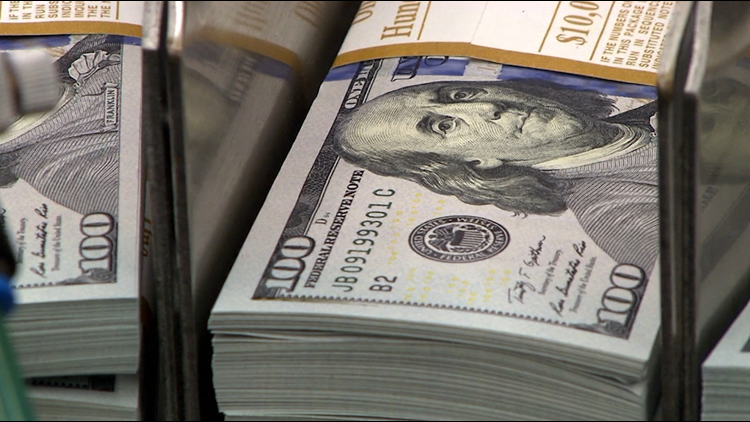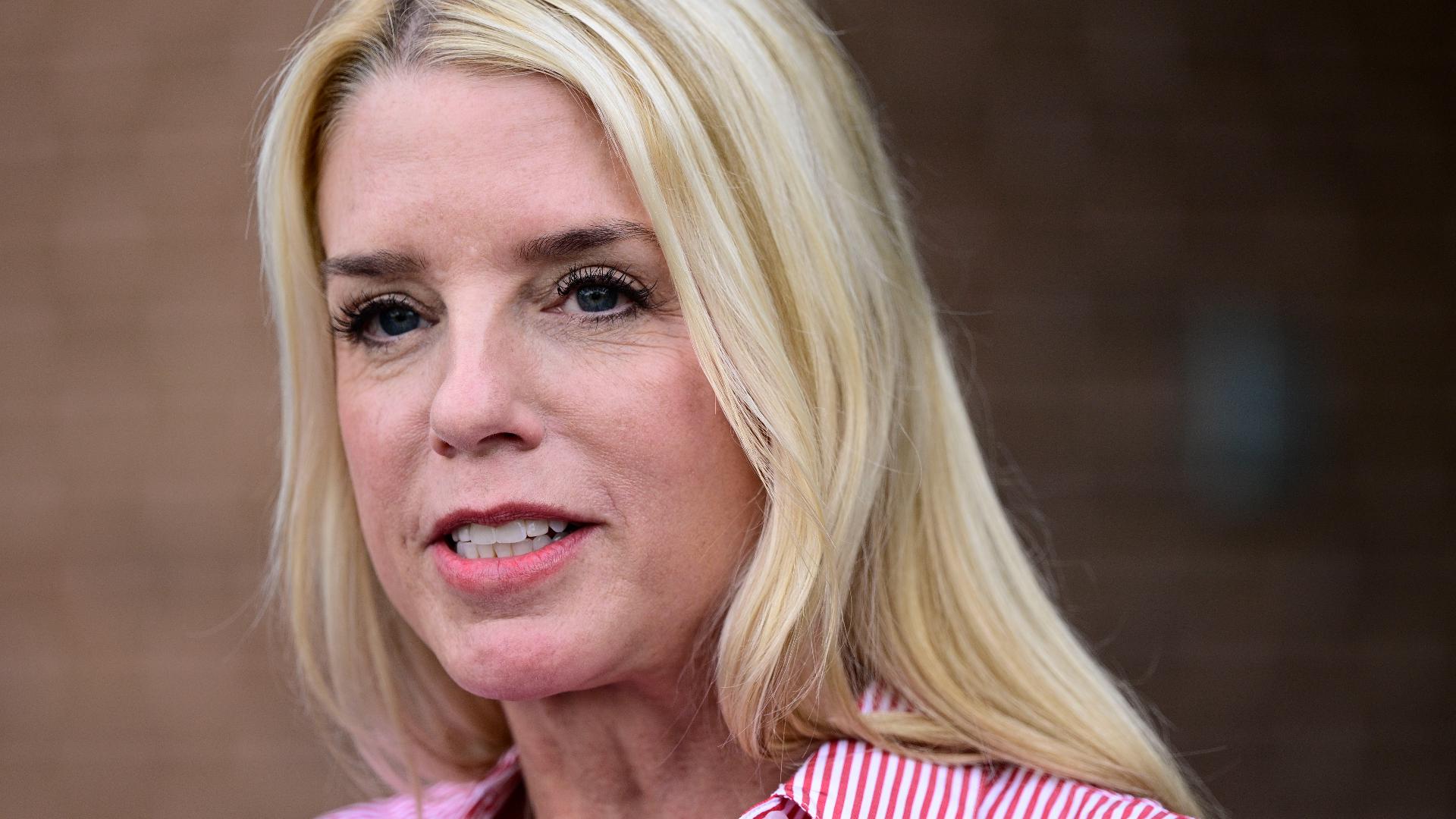DALLAS — During the summer of COVID-19, it’s easy to lose sight of the election. It may feel like it’s still light years away.
But it's less than 100 days out. And recent campaign finance reports have some political operatives wondering if they’re seeing the start of another blue wave in Texas.
On this week’s episode of Y’all-itics, Jason Whitely and Jason Wheeler were joined by Abby Livingston, the D.C. bureau chief for the Texas Tribune. Livingston says that right now is when candidates typically report having the most money.
To listen to the full episode, subscribe to Y'all-itics where you get your podcasts:
“You bank it. You bank it. You bank it. And then you use that money starting in August or Labor Day in a concerted television ad campaign,” Livingston said. “Fundraising also reflects organization, motivation, enthusiasm. And if a candidate does well in fundraising, it telegraphs to the national parties I’m a credible candidate, incumbent.”
Livingston and her team at the Texas Tribune spent the last few days examining the most recent campaign finance reports. And they tell the story of a major shift in political fundraising in Texas.
You need look no further than the last three cycles: 2016, 2018 and 2020.
In 2016, Livingston found that U.S. House Republican candidates in Texas had $32.3 million in July, compared to the Democrats’ $11.4 million. That’s a significant Republican advantage of nearly $21 million.
In 2018, Republicans still outraised Democrats, but only by $13 million: $34.8 million versus $21.8 million.
It is a completely different story in 2020.
Livingston tells us Republicans running for U.S. House in Texas had $19.2 million in cash on hand. But Democrats reported $26.7 million.
That is now a $7.5 million advantage for Democrats. And if not for Dan Crenshaw, a Republican incumbent running for re-election in Houston, Livingston says it would be much worse for the GOP.
“He’s a national figure and he’s got $4 million in the bank. That is an obscene amount of money. So if you take Dan Crenshaw out of that, he’s somewhat of an outlier, it’s an even bigger problem,” she said.
So does this mean the green is slowly turning Texas blue? Livingston says that’s the “multi-hundred-million-dollar question” in American politics right now.
“The question is: is this a realignment or not? And the smartest people in politics will not answer that question,” said Livingston.
And what does all of this money mean for the average Texan sitting at home during the summer of COVID-19? Expect to see a dramatic increase in political advertising.
“Texas has been such a political backwater in national politics, that I think folks in the Lone Star state are going to get a dose of what it’s like to live in Ohio. I’m sure there’s going to be some people who don’t want to watch television around October 25,” Livingston said.
And everyone in the country knows Texas will be a player during this presidential election.
“In the Democratic world, it’s an absolute fascination, obsession. I talked to one party strategist who says she wakes up every morning and thinks about Texas. I think there are some republicans who are deeply worried about the state of these congressional races in the state.”
And if Texas does turn blue, look no further than the green.



